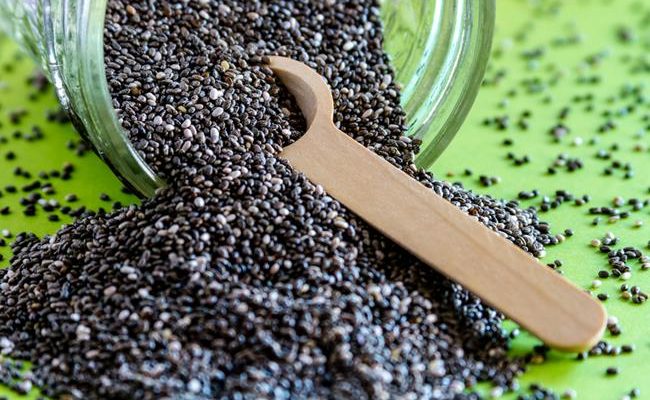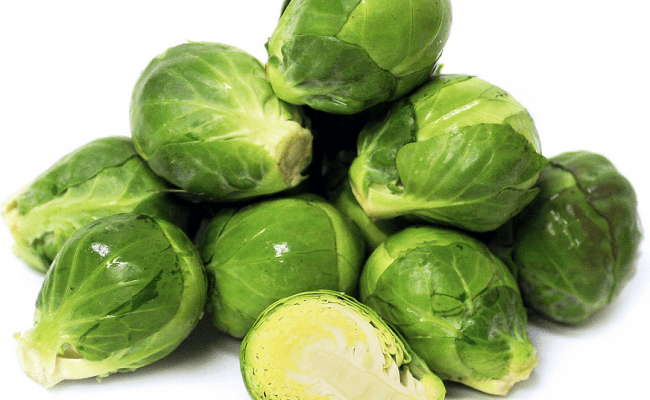
Food is a necessity for life, but when eating just a microscopic amount of some foods can cause harm certain foods can be dangerous. An allergy to a certain food means the immune system gets involved when an allergen from food is eaten. Allergic responses to food can be itching in the mouth or throat, stomach upset, hives or other breakout of the skin, trouble breathing or drop in blood pressure.
How do you know if you have a food allergy?
According to Clare Mills, head of the allergy research team at the Institute of Food Research (1) suggests currently the best way for diagnosing food allergies is by feeding the person the suspected allergic food and observe the effect.
As the number of people with food allergies and the types of food people are allergic to increase, accurate testing for food allergies becomes more important.
The elimination diet is considered a gold standard testing for food allergies, but it can be a difficult diet to follow.
Essentially, the elimination diet takes out one or multiple foods you may have a reaction to. After a certain period of time, these foods are reintroduced one at a time to test for any reactions.
Before starting an elimination diet, speak with your doctor. It is always recommended to be under the guidance of a dietitian or health care team while doing an elimination diet, especially if your symptoms are severe.
What do you eliminate?
Elimination diets are not weight loss diets or cleanses. They are used to determine what foods are triggering an allergic response or intolerance and causing potential health problems.
Where do you start? An elimination diet can be started under the guidance of a physician or dietitian for what foods may be triggering your symptoms.
Common allergic foods used in elimination diets are: wheat, soy, milk, eggs, tree nuts, peanuts, shellfish or corn. Other foods may be used depending on your individual experiences.
How long does it last?
The elimination diet can be a long process, depending on how many foods are being challenged. According to Food Allergy Research & Education (FARE) (2), the elimination diet can last 2-4 weeks.
While on the elimination diet, you avoid certain foods while a doctor monitors any symptoms you have or don’t have. If you were experiencing any adverse health effects from a food that is eliminated, your symptoms should go away after a few weeks of having it eliminated from your diet.
The food that was eliminated may be reintroduced to see if it causes any side effects. If any symptoms return, it’s likely the food you eliminated then reintroduced is cause for a food allergy.
However, if no symptoms are seen, the doctor may order another round of elimination for a different food or do the process again with the same food. If more than one food is eliminated, one food at a time may be reintroduced.
It’s recommended to reintroduce foods one at a time in order to isolate which food is responsible for any symptoms.
It’s important to follow the elimination diet fully. If even a small amount of eliminated food is ingested during the process, it can skew results. Some foods are harder than others to avoid, and while on an elimination diet it may not be possible to eat out.
Make sure you speak with your doctor or dietitian before you eat a food you are unsure about while on an elimination diet.
When do you add foods back into your diet?
Depending on your doctor’s guidance, you can add eliminated foods back into your diet after a few weeks. However, when you do this you should be monitored for any symptoms.
If you do show symptoms of an allergic reaction or intolerance, your doctor will advise to eliminate that food long term. In that case, you shouldn’t add the food back into your diet.
The point of an elimination diet is to pinpoint the source for your health symptoms. If you find it, eliminating that food should improve your health. At this point, the best way to treat food allergies is to just eliminate them from your diet.
Modified versions of the elimination diet
The length and amount of foods you eliminate are all dependent on individual factors. The more foods you eliminate at once, the harder your diet can be. Many foods have more than one allergenic food.
For example, if you are eliminating dairy, corn and wheat, most packaged foods will have at least one of these ingredients.
You should follow the advice of your doctor and health care team for the optimal time for eliminating a food and which foods should be eliminated. It may be possible to eliminate one food at a time, which may make the diet easier but could take longer to find your food allergy.
Elimination diets compared to blood or skin testing
Why would you go through an elimination diet when you could do a skin or blood test which are easier? Ideally the elimination diet should be used in combination with any other test results for a complete diagnosis.
According to FARE (3), blood tests indicate there is a chance of food allergies and not have symptoms. Someone could have a positive blood test but not be truly allergic. Skin tests can also produce false positive results.
Therefore, these tests taken together with elimination diets may give a full picture.
Conclusion
Elimination diets can provide valuable insight into what foods are triggering allergic symptoms. The food or foods in question should be eliminated for at least a few weeks. Then the test food is usually added back in under physician guidance to monitor any symptoms.
Which foods are eliminated is dependent on which foods are in question of causing symptoms. Common allergenic foods include: wheat, soy, milk, eggs, tree nuts, peanuts, shellfish or corn.
Elimination diets should always be monitored by a physician or allergist specialist. Elimination diets aren’t meant to be just for a day or two. In order to provide the best results, follow an elimination diet for at least a few weeks or the amount of time provided by your doctor.










